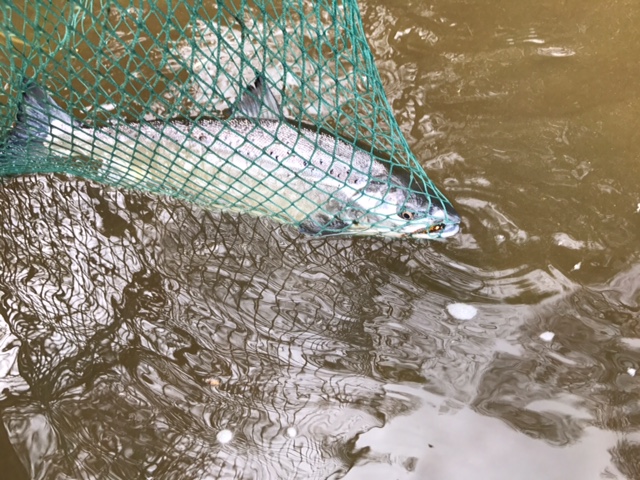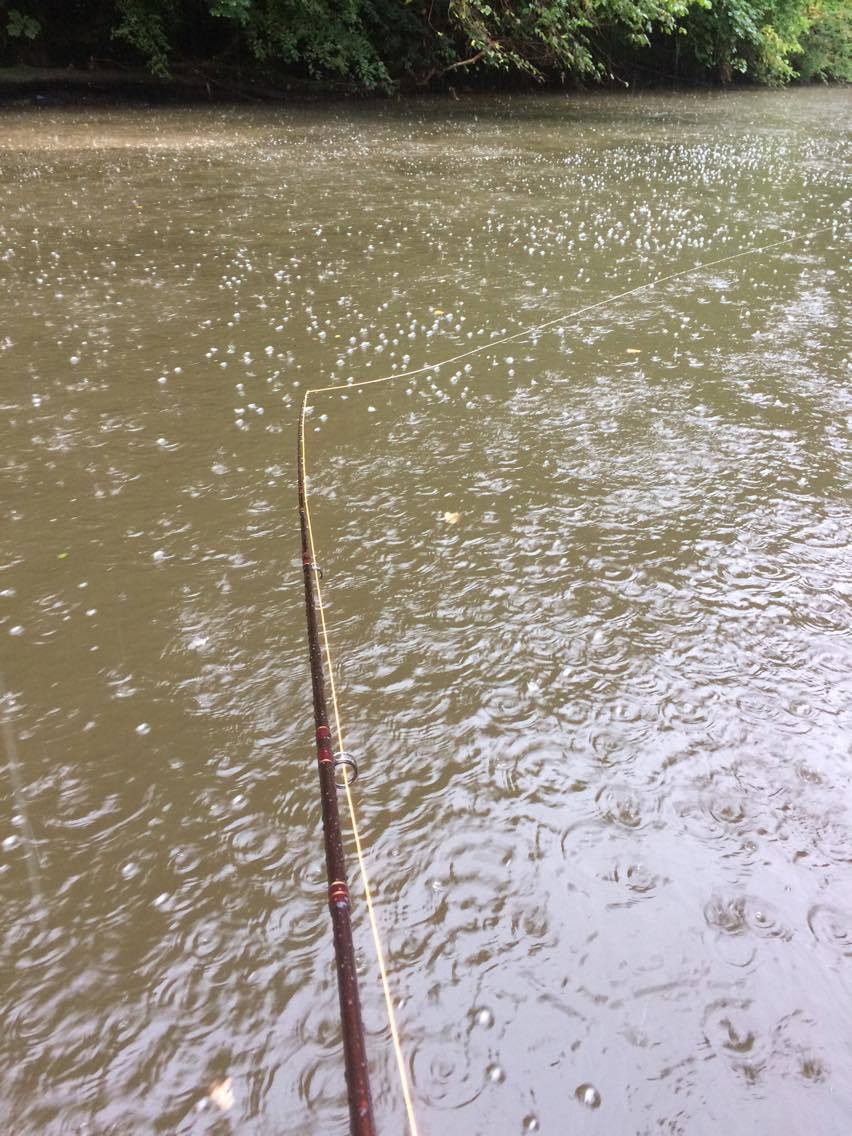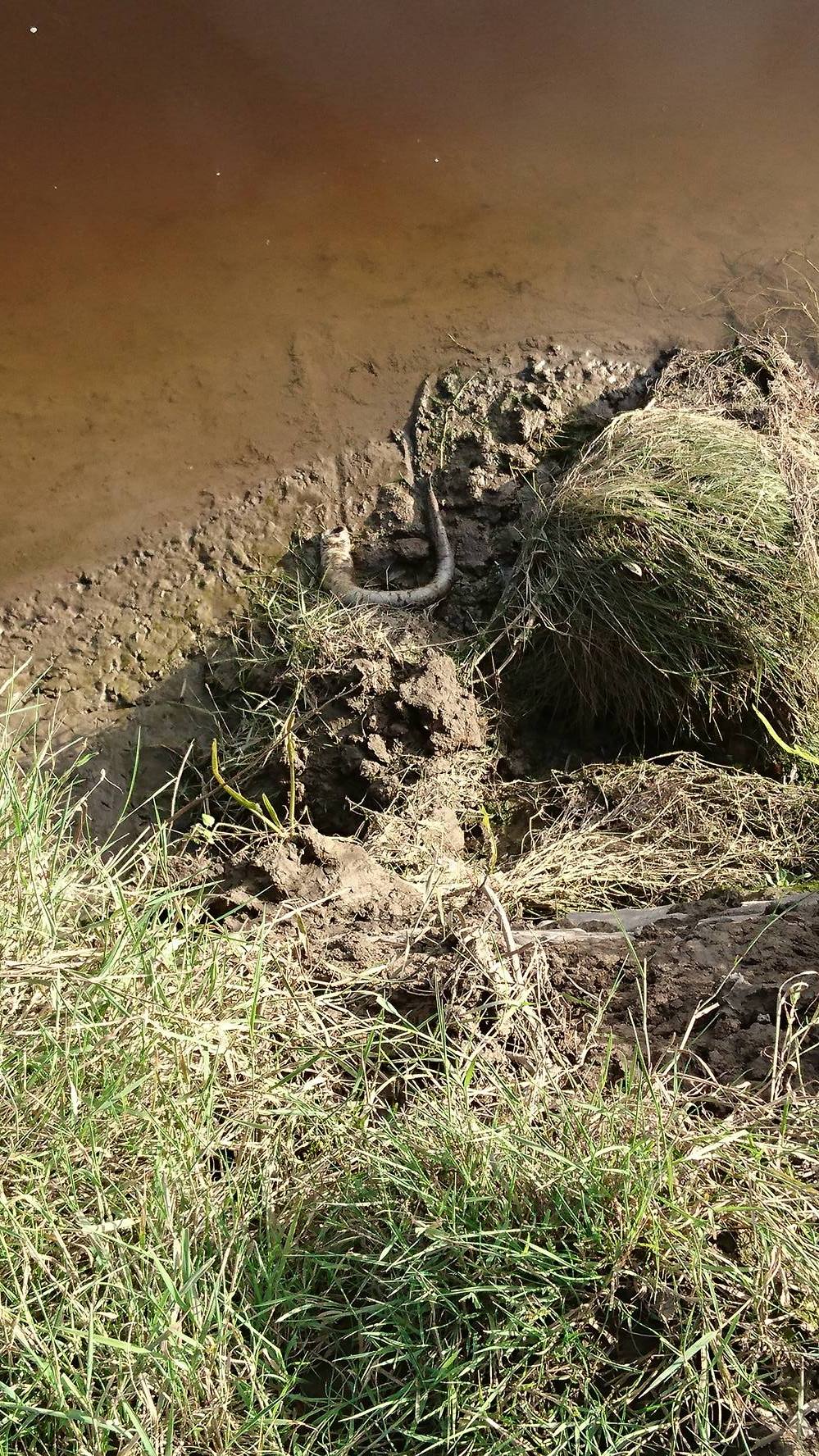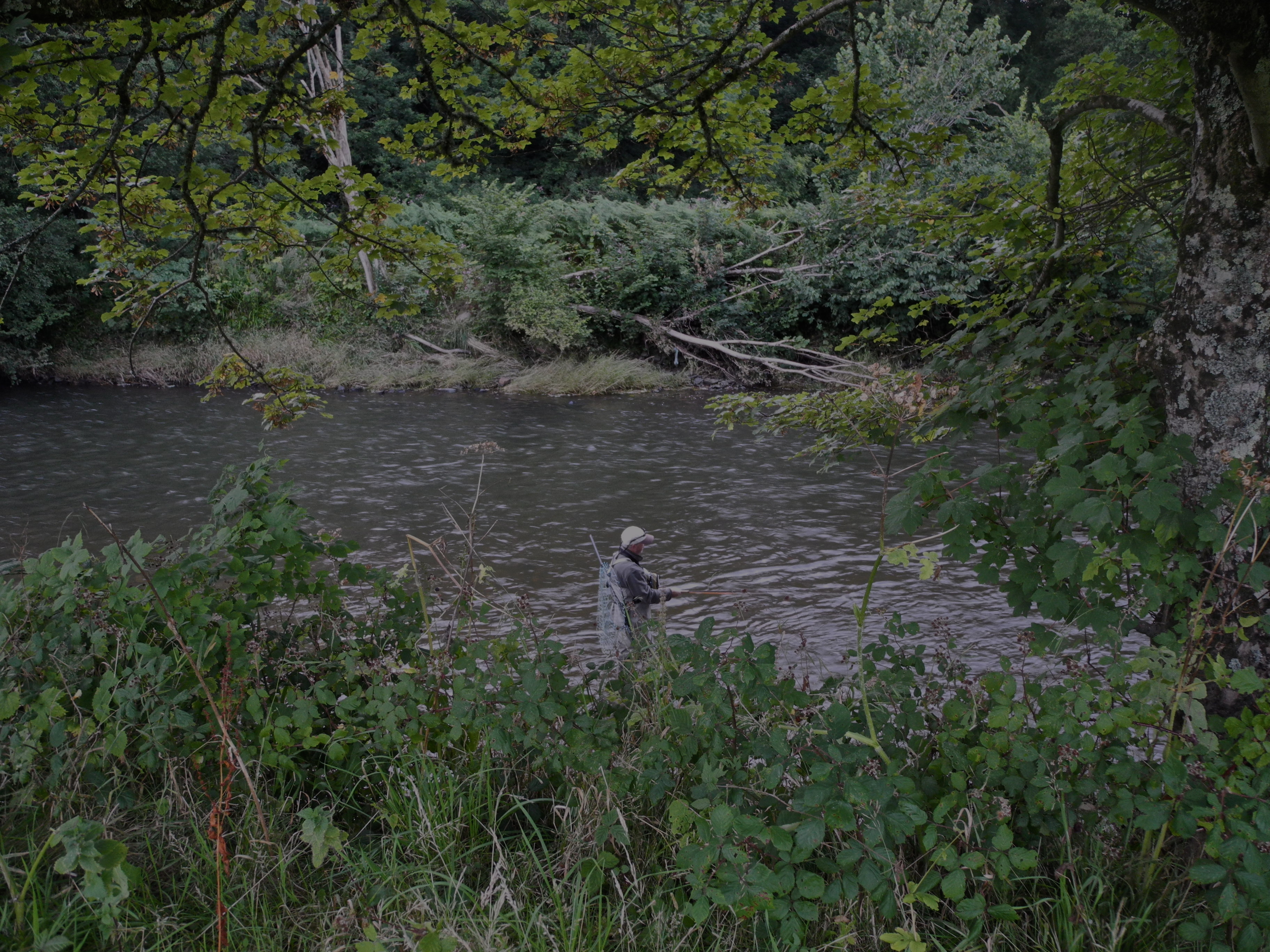The salmon fishing season on the River Taw came to an end last Saturday and rods enjoyed some late season sport on the Weir Marsh and Brightly Day Ticket beats. Len Francis landed salmon of 9lb and 5lb. John Shrimpton a 9lb salmon and Graham Nichols a grilse of 5lb. Over on the Torridge around at least a dozen salmon were caught during September with most from Mid to upper river beats.
(Below)England Junior Fly Fishing Team Member Seth Tuson caught his first salmon from a middle river Torridge beat.

Torridge Fishers can enjoy salmon fishing on the Torridge until October 14th but must obtain a special permit from Charles Inniss prior to fishing that is strictly catch and release with single barb-less hooks only.
Following a Committee Meeting the River Taw Fishery Association has decided to follow the lead of the Angling Trust and South West Rivers Trust in its response to the Environment Agency Consultation on Managing Salmon Fisheries. In brief the, RTFA considers that all salmon netting should be stopped and that rod fishermen should continue to operate under voluntary catch and release while aiming for a very high release rate and adhering to appropriate good practice.
Salmon anglers are being urged to respond the consultation by visiting the E.A website and completing the relevant documentation. Submissions must be completed by October
Fly Fishers missing the river can ensure they keep their casting action in good shape by fishing for the hard fighting rainbow and brown trout in local stillwaters. Blakewell, Bratton Water and Exe Valley.














 Whilst the recent rain has not been welcomed by summer holidaymakers it has brought a much needed rise in local rivers that has brought a run of salmon into North Devon’s rivers. I fished the Middle Torridge on Saturday and whilst I did not connect with any salmon the river was in prime trim. Several salmon have been caught on beats on the Upper Torridge which indicates that the salmon have forged up through the river system and are now well spread out.
Whilst the recent rain has not been welcomed by summer holidaymakers it has brought a much needed rise in local rivers that has brought a run of salmon into North Devon’s rivers. I fished the Middle Torridge on Saturday and whilst I did not connect with any salmon the river was in prime trim. Several salmon have been caught on beats on the Upper Torridge which indicates that the salmon have forged up through the river system and are now well spread out.









